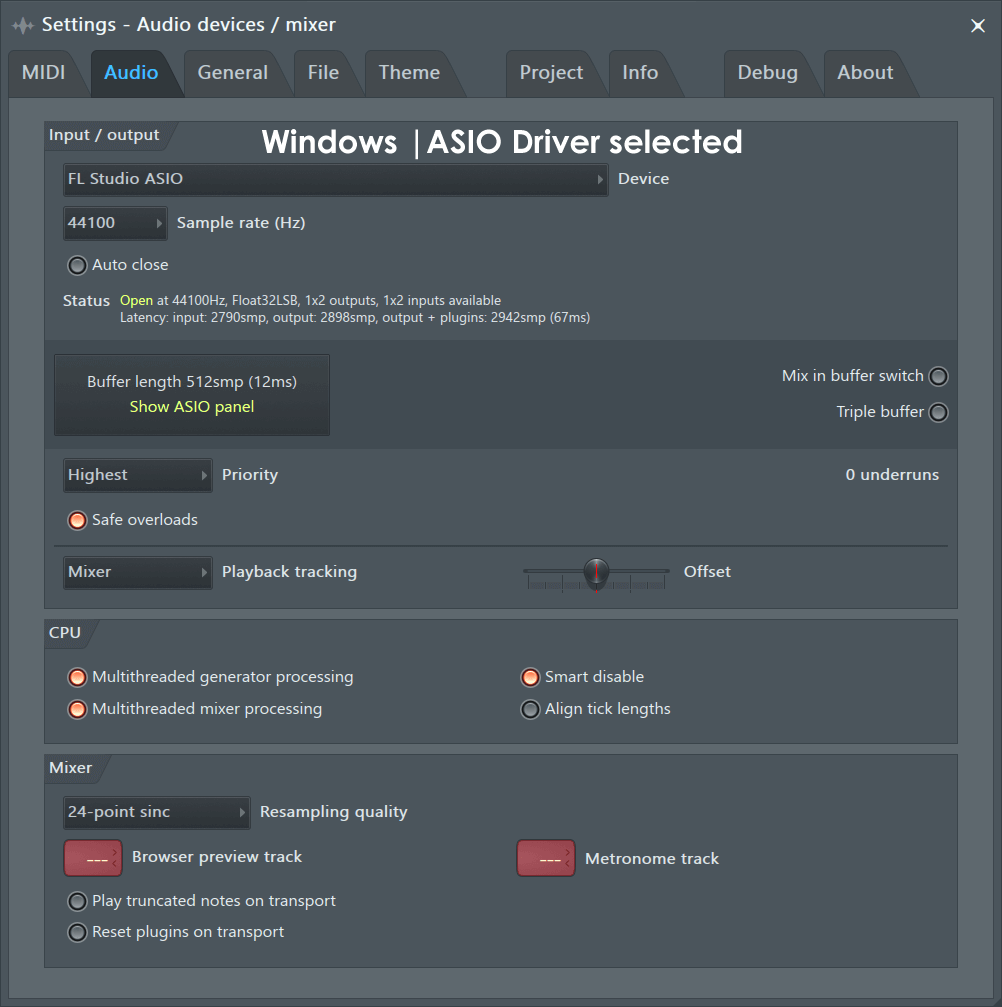Usage Tracking Numbers For Main Vst Audio Plugin
I also have an identical audio-only PC, I can record all the audio tracks I need on this by itself, as long as I don't use it for the number of VSTi's that I'd typically use on my VSTi PC. Although I have always built my own PC's, my latest main PC was bought as an off-lease high-end work station type system. Came complete for under $600 w. ADT - Artificial Double Tracking is a plug-in which emulates the 'Artificial Double Tracking' technique invented by The Beatles at Abbey Road Studios. It takes a mono input signal and generates a stereo signal with the original signal panned to one side and the ADT signal panned to the other. To set your plugin folder in Ableton - Go to the Preferences menu. Select the File Folder tab. Under Plugin-In Sources click Browse and select the appropriate plugin folder. After making your selection, the Use VST Custom Plug-In Folder button should now be ON. For Mac users, simply turn on Use VST Plug-In System Folder to scan your plugins.
- Usage Tracking Numbers For Main Vst Audio Plugin Plugins
- Usage Tracking Numbers For Main Vst Audio Plugins
- Usage Tracking Numbers For Main Vst Audio Plugin Extension
- Usage Tracking Numbers For Main Vst Audio Plugin Addiction Memes
AudioThing is an audio software company focused on audio plugins (VST, AU, AAX). We are committed to developing professional yet affordable products for every kind of composer, producer and sound designer. To start using the Listento Receiver plugin: Create an AUX track (or use Input channel in Cubase or Nuendo) Assign audio input to AUX channel (Audio must be present on assigned audio channel). When there is no input assigned to AUX channel DAW will disable plug-ins on that channel and no stream reception will be possible. EDIT 2!: There is a way! Download Virtual Audio Cable (I'm using the trial, which works fine for my uses), and download Voxengo Recorder. Put Voxengo recorder as the last VST on the master track (or whatever track you want, really), and set where it routes to as 'Virtual Cable 1' and set the Type to MME (not File). The large number of tools included in the MeldaProduction Audio Plugins package may seem overwhelming at first glance, but they are carefully sorted so as to help you select the right bundle for.
Mic vst plugins ambient. VST stands for Virtual Studio Technology. There are three types of VST plug-ins:
- VST instruments: These plug-ins generate audio and are either virtual synthesizers or samplers. Many VST instruments emulate the appearance and sound of famous hardware synthesizers. Popular VSP instruments include Massive, FM8, Absynth, Sylenth 1, Reaktor, Gladiator, Vanguard, and Omnisphere.
- VST effects: Effects process audio instead of generating it. VST effects function like hardware audio processors, like reverbs and phasers.
- VST MIDI effects:MIDI plug-ins process MIDI messages and send MIDI data to other VST instruments and hardware.
VST Plug-ins
Download sony usb driver for mobile phones. VST plug-ins can be used within a digital audio workstation, in programs like Pro Tools and Logic. They’re frequently used to emulate hardware outboard gear such as compressors, expanders, equalizers, and maximizers. You'll frequently find these distributed to emulate certain models of hardware; there's some for vintage compressors, and you'll frequently find effects that emulate vintage hardware (both in instrumental and stompbox-like effects).
Think of VST plug-ins as really affordable ways to make your home studio sound like a really expensive commercial operation.
VSTi Plug-ins
Usage Tracking Numbers For Main Vst Audio Plugin Plugins
Aside from VST plug-ins, you'll also find VST-instrument or VSTi plug-ins. These can emulate really cool, but expensive, hardware (like Hammond B3 and Nord Electro). The quality of these VSTi plug-ins can vary from acceptable to really poor; it all depends on the quality of your system resources (RAM and scratch space on your hard drive, for example), and how well-sampled the instrument is. You also want to make sure that your VSTi plug-in offers true polyphonic content, meaning you can make life-like chords that don’t sound too artificial.
Quality
There are thousands of plug-ins available. Some only take a few hours to produce and are free, but the quality is terrible. Some are made by huge companies and sound amazing, but are expensive. VST plug-in developers try to recreate the sound as closely as possible, but the original instrument is probably always going to sound better than the plug-in. You might be trying to get the rich, full-bodied sound of an organ, for example, but who owns an organ? No one has access to every type of instrument, so a plug-in will have to do. The good news is that VST plug-in technology is improving, so quality can only get better with time.
Usage Tracking Numbers For Main Vst Audio Plugins
VST Plug-in Standard
Usage Tracking Numbers For Main Vst Audio Plugin Extension
Created by Steinberg, a German musical software and equipment company, the VST plug-in standard is the audio plug-in standard that allows third-party developers to make VST plug-ins. Users can download VST plug-ins on Mac OS X, Windows, and Linux. The vast majority of VST plug-ins are available on Windows. Apple’s Audio Units are standard on Mac OS X (it’s actually considered a competing technology), and Linux lacks commercial popularity, therefore few developers create VST plug-ins for the operating system.
Where to Find VST Plug-ins

Usage Tracking Numbers For Main Vst Audio Plugin Addiction Memes
There are thousands of VST plug-ins available, both commercially and as freeware. The Internet is flooded with free VST plug-ins. Home Music Production and Bedroom Producers Blog have robust lists of VST plug-in recommendations, and Splice and Plugin Boutique also offer a ton of free plug-ins.